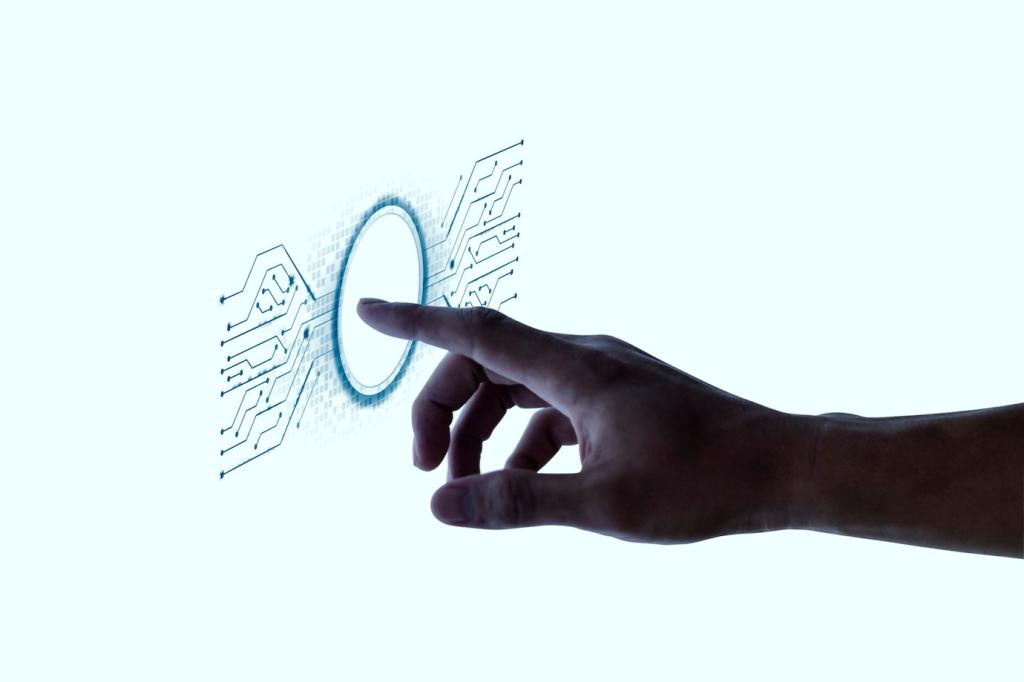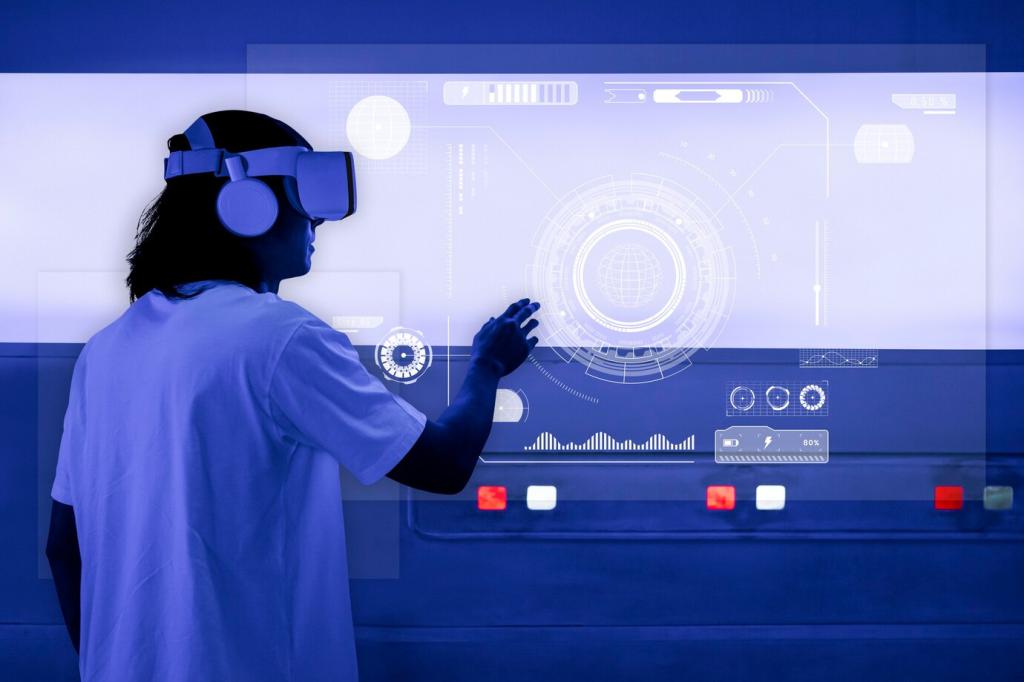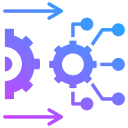The landscape of smart home technology is rapidly transforming, and 2024 promises to bring significant leaps in innovation, convenience, and connectivity. As smart devices become more integrated into everyday living, consumers are witnessing exciting advances that make homes safer, more energy-efficient, and increasingly reactive to individual preferences. This web page delves into the eight most impactful trends shaping smart homes in 2024, exploring how these technological evolutions will redefine home automation, comfort, and control.
Advancements in Artificial Intelligence and Automation
Intelligent algorithms now analyze homeowner behaviors, routines, and preferences to automatically adjust environmental controls such as lighting, heating, and entertainment. Unlike previous iterations that relied on user input, new systems anticipate needs, proactively setting the mood for movie nights or adjusting sleep environments. This evolution means that daily comforts are seamlessly managed without manual intervention, creating a truly personalized living experience that adapts in real-time to each occupant’s habits.
AI-driven monitoring tools now predict when appliances or systems are likely to require servicing or repair. Sensors continually gather performance data from critical equipment, analyzing it to spot early signs of malfunction. Homeowners receive timely notifications, reducing costly breakdowns and extending the lifespan of devices. This predictive capability saves time and money, offering peace of mind by addressing potential issues before they become emergencies.
Smart homes in 2024 are equipped with AI that automates everyday routines based on learned patterns. From initiating morning wake-up sequences—like gently raising blinds and brewing coffee—to preparing the home for bedtime by locking doors and adjusting lighting, AI transforms mundane tasks into automated processes. Users benefit from both efficiency and consistency, freeing up time while ensuring their homes respond reliably to their individualized schedules.

Integration with Renewable Energy Sources
Connected home hubs now manage the inflow and consumption of renewable energy with remarkable precision. These advanced systems track minute-to-minute changes in energy supply and demand, automatically allocating power to essential devices or storing surplus energy in batteries. By harnessing real-time data, homeowners can significantly reduce energy waste and utility costs, contributing to broader environmental sustainability goals.

Enhanced Interoperability and Connectivity
Cross-Platform Compatibility
Where once smart devices were siloed within proprietary ecosystems, 2024 ushers in an era where cross-platform integration is the norm. Homeowners can now control lighting, security, and entertainment systems from different manufacturers through unified interfaces. This compatibility closes frustration gaps, allowing users to select their preferred products without sacrificing convenience or functionality due to technical limitations.
Matter Protocol Adoption
The emergence and widespread adoption of the Matter protocol have been transformative for the smart home industry. Matter establishes common ground for devices to communicate, regardless of brand, boosting reliability and security. Devices that support Matter interact seamlessly, simplifying setup and expanding homeowner options. This universal language paves the way for effortless integration and future-proofs investments as technology advances further.
Streamlined Setup and Customization
Setting up a complex smart home no longer requires technical expertise or hours of manual configuration. Enhanced interoperability means users can easily add, remove, or adjust devices from intuitive apps. Customization has become equally straightforward, with users crafting detailed automation routines and device groups that reflect dynamic household needs. The upshot is a smooth, stress-free smart home experience accessible to everyone.
Breakthroughs in Smart Security and Privacy
Biometric security has evolved to include facial recognition, fingerprint scanning, and even voice authentication for entrances and sensitive areas. These advances ensure only authorized individuals gain access to homes and private spaces. State-of-the-art algorithms also differentiate between residents and guests, providing tailored access privileges while minimizing the risk of breaches or unauthorized entry.
Previous
Next
Immersive Smart Home Entertainment
01
Voice-Activated Entertainment Control
The era of searching for remotes is fading rapidly. Smart homes are now equipped with advanced voice assistants that respond to natural language commands for all entertainment needs. Residents can switch channels, adjust audio settings, and queue up personalized playlists using only their voice. These systems also recognize individual users and recall their content preferences, offering tailored suggestions that make home entertainment truly personal and engaging.
02
Augmented and Virtual Reality Integration
Augmented reality (AR) and virtual reality (VR) technologies are now staples in home entertainment, offering experiences that range from interactive gaming to immersive cinematic environments. Smart home systems suspend disbelief by transforming living rooms into movie theaters or interactive play spaces, coordinating lighting and sound to match digital content. Homeowners enjoy a multisensory escape that revolutionizes the way they interact with media.
03
Multi-Room Audio and Visual Synchronization
Entertaining guests or enjoying music throughout the house is seamless thanks to synchronized audio and visual systems. Entire playlists, movies, or live events can now be broadcast simultaneously in multiple rooms, controlled effortlessly from a single interface. The transition between spaces is smooth, preserving mood and continuity regardless of where residents or guests happen to be, enhancing the overall ambiance of any gathering.

Sophisticated air and water quality sensors have become standard in modern homes, capable of detecting pollutants, allergens, and even changes in humidity and temperature. These systems automatically regulate HVAC filters, humidifiers, or purifiers, ensuring optimal living conditions. This vigilance protects vulnerable residents, such as children and the elderly, while providing everyone with safer, healthier indoor air and water quality at all times.

Wearable devices now integrate seamlessly with smart home systems, collecting data such as heart rate, sleep patterns, and activity levels. This information feeds into automated home responses—like adjusting lighting to support circadian rhythms or recommending rest after intense physical exertion. Over time, these integrations promote healthier lifestyles by creating an environment attuned to the user’s unique biological needs.

Smart homes analyze health-related data streams in real time to offer proactive alerts and actionable insights. For example, sudden changes in movement patterns may prompt wellness checks, while elevated pollutant levels can trigger alerts and automatic ventilation. By surfacing trends and anomalies early, these systems empower residents to take timely action, potentially preventing illness and promoting holistic wellness.
Previous
Next
Voice and Gesture-Based Controls
Voice assistants now employ sophisticated natural language processing, comprehending colloquial speech and context for accurate responses. Residents can issue complex commands like, “Set the lights for dinner and play soft jazz,” confident that the system will interpret intent correctly. Enhanced language support bridges accessibility gaps, enabling seamless home management in multiple languages without the need to learn specific command structures.

Expansion of Smart Kitchen and Food Technologies
Refrigerators, ovens, and other kitchen appliances now harness AI to anticipate user needs and streamline meal preparation. Smart fridges track ingredient freshness and suggest recipes based on available items, while ovens adjust cooking times and temperatures automatically for optimal results. This level of intelligence removes guesswork and delivers consistent culinary outcomes, even for novice cooks.
